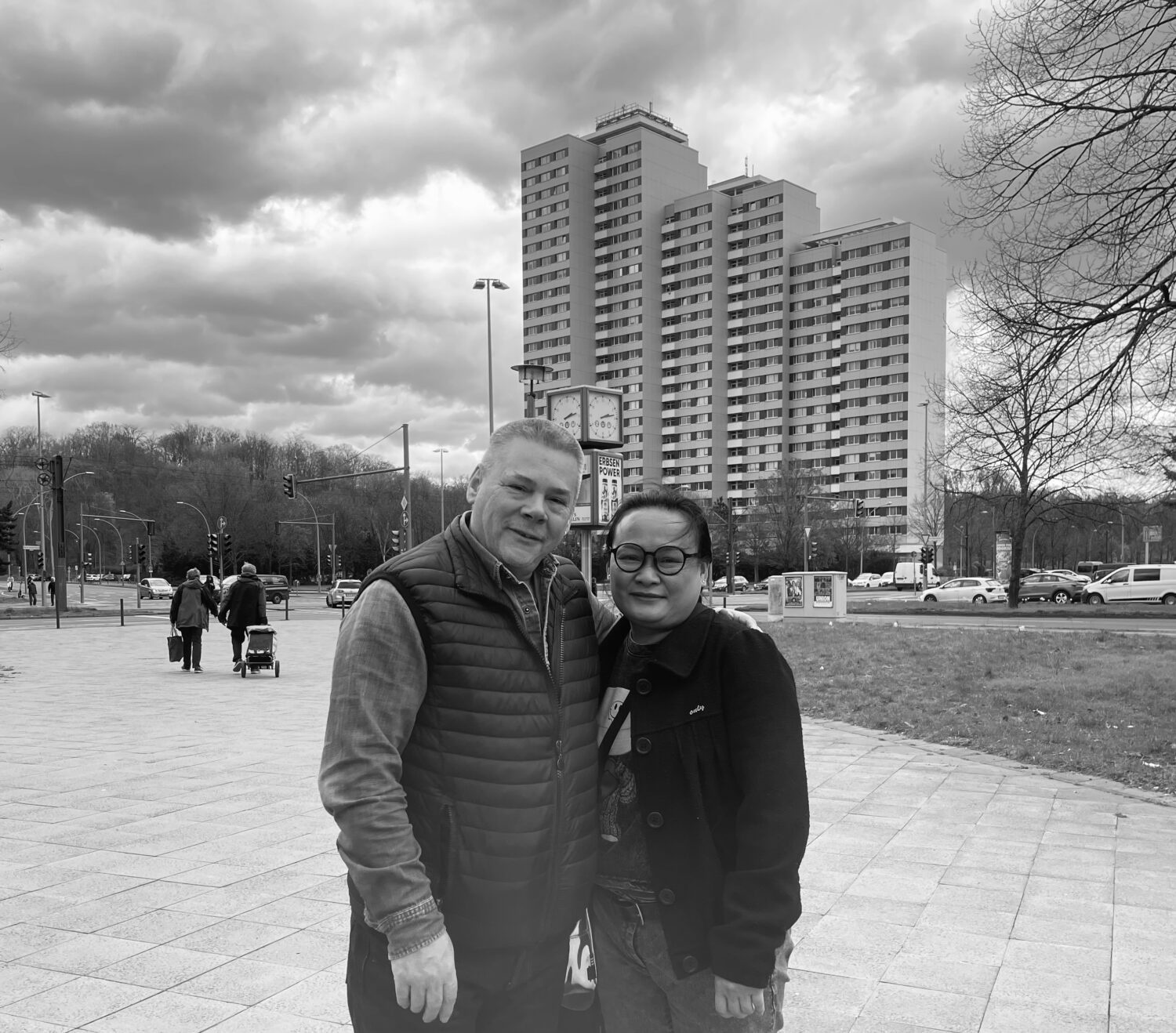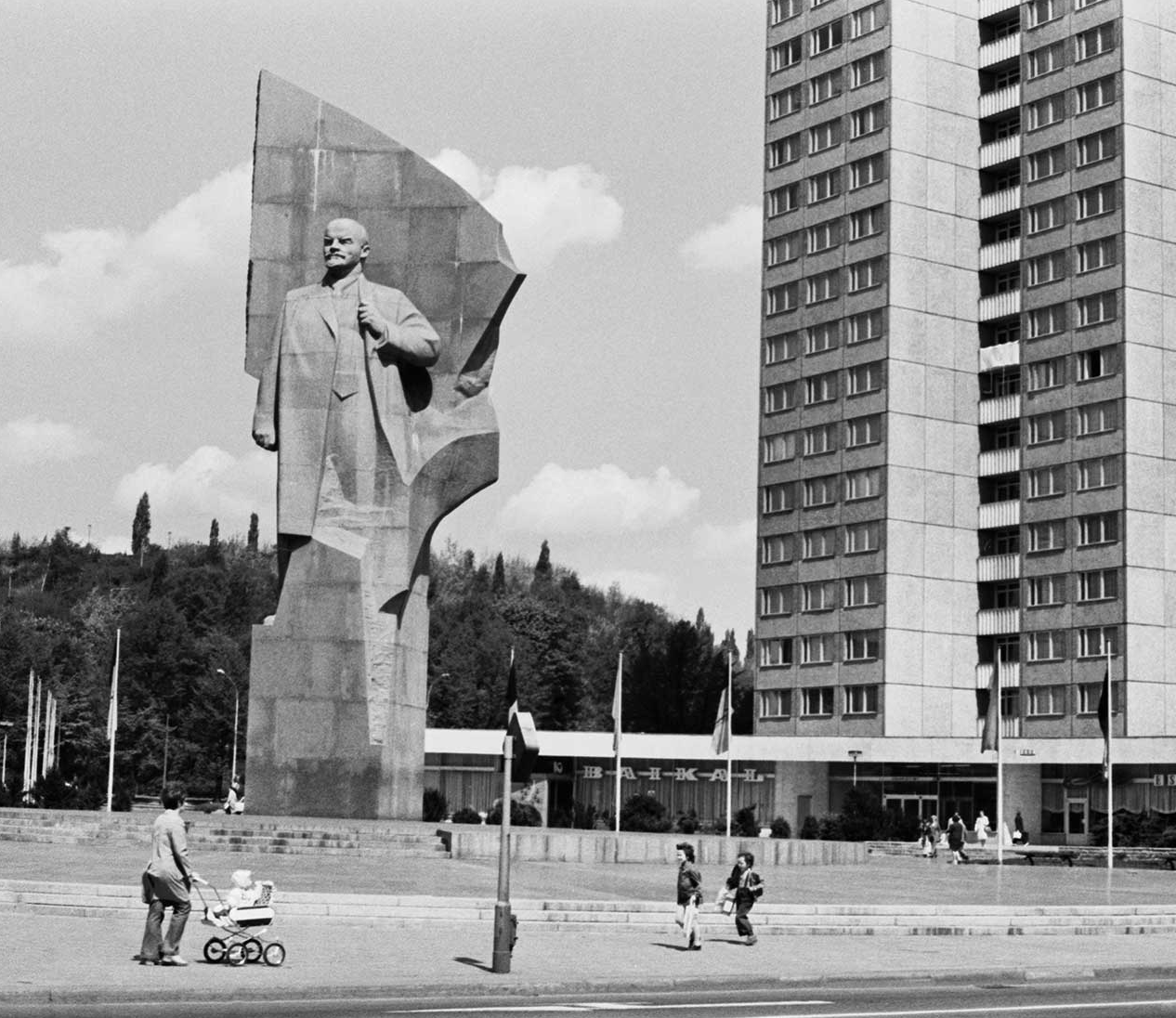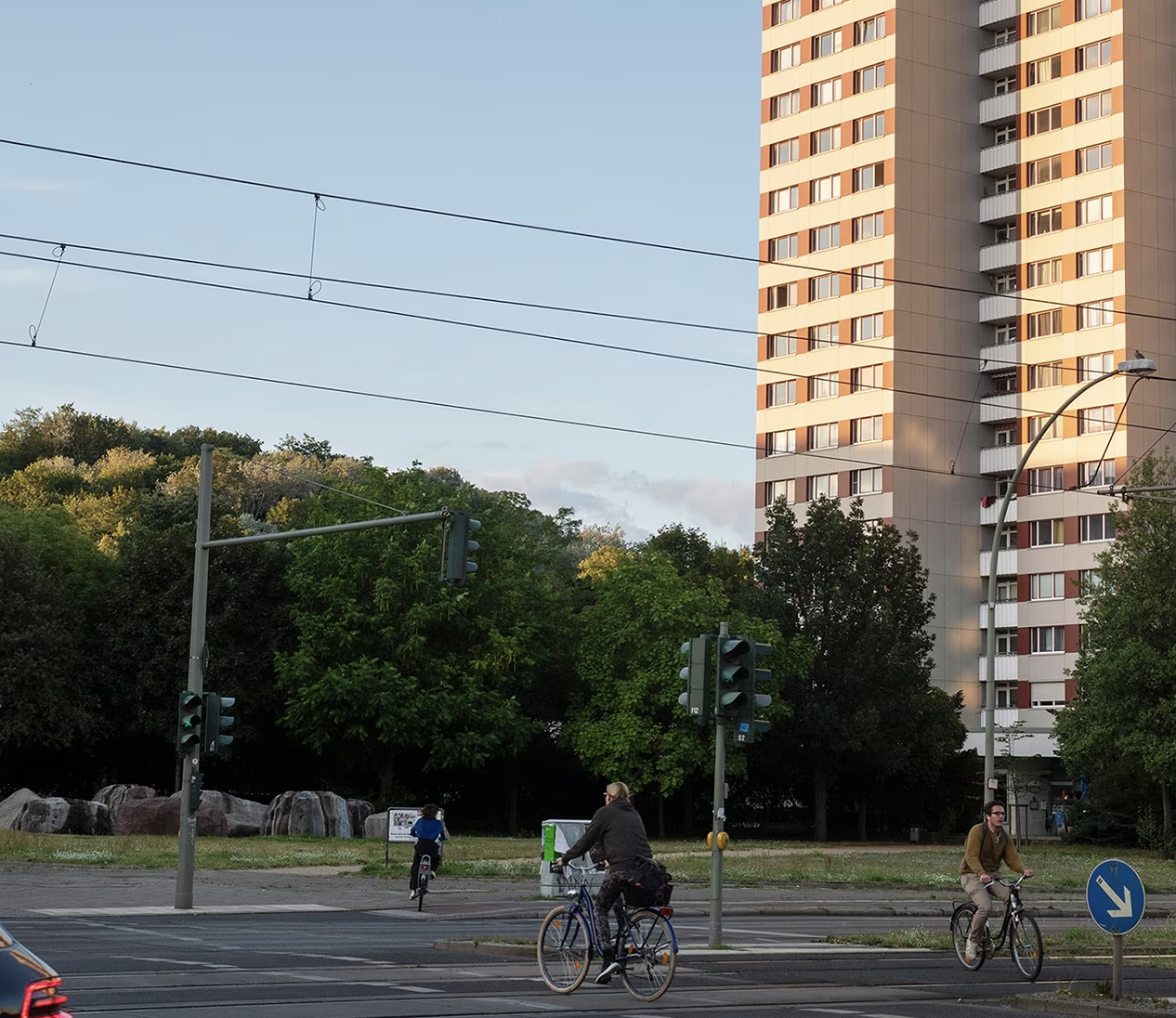
(TIME)TRAVELING TO BERLIN 1991 – A romance born in the battle over Berlin’s Lenin monument
Love can be found in unexpected places. For Ryner Alizer and Mima Chi Lan that place was a discussion group about the removal of a statue of Vladimir Lenin in 1991. In the heart of Friedrichshain, a neighbourhood in East Berlin, a romance started by chance and grew despite the community being divided over the Lenin Monument.
The fall of the Berlin Wall in 1989 marked the beginning of the end for Lenin’s towering presence in Friedrichshain. As the winds of change swept through Germany in 1989, the monument faced controversy. Vandalism damaged its facade, and calls for its removal increased.
The decision to remove the statue of the controversial Russian revolutionary leader sparked fierce debate in Friedrichshain. Supporters, like Ryner Alizer, argued it should be preserved as a historical artifact, reminding people of past struggles and sacrifices. Detractors, including Mima, saw it as a relic of oppression and a painful reminder of ideological injustices.
View this post on Instagram
Ryner, with his deep reverence for history, and Mima, driven by a fervent belief in justice, first crossed paths amidst a heated debate organized for the residents of Friedrichshain over the future of the monument. Amidst their discussions, they unearthed the complex legacy of the Lenin Monument—a towering symbol of Soviet might and unity, yet also a stark reminder of the darker chapters of history. Created by Soviet Russian sculptor Nikolai Tomsky, the monument stood as a testament to the ideals of revolution and socialism.
Yet, in the midst of conflicting opinions and clashing ideologies, Ryner and Mima discovered a connection that transcended politics. They fell in love.
Same neighbourhood, different vibe
After the removal of the Lenin Monument in 1991, Friedrichshain underwent significant changes. The neighbourhood, once fraught with ideological conflict, began to experience a sense of peace and harmony. The fierce debates that had divided the community gave way to a collective relief as residents moved past their differences. Neighbors who had once been at odds found common ground, making Friedrichshain a more welcoming place to live. “The transformation was remarkable,” Ryner Alizer recalled. “We went from a neighbourhood constantly at odds to one where people genuinely listened to each other and found common ground.”
Now, 33 years later, Friedrichshain is tranquil, with only echoes of those passionate debates lingering. Residents often reminisce about the past, acknowledging that while the present peace is cherished, there is a sense of nostalgia for the spirited exchanges that once defined their streets. “We miss the lively debates,” Mima Chi Lan admitted. “Those discussions brought us together and made us who we are today. Even in disagreement, there was a sense of community.”
Tekst: Kaoutar El Afi
Foto: © Kaoutar El Afi © Amos Chapple via Radio Free Europe





